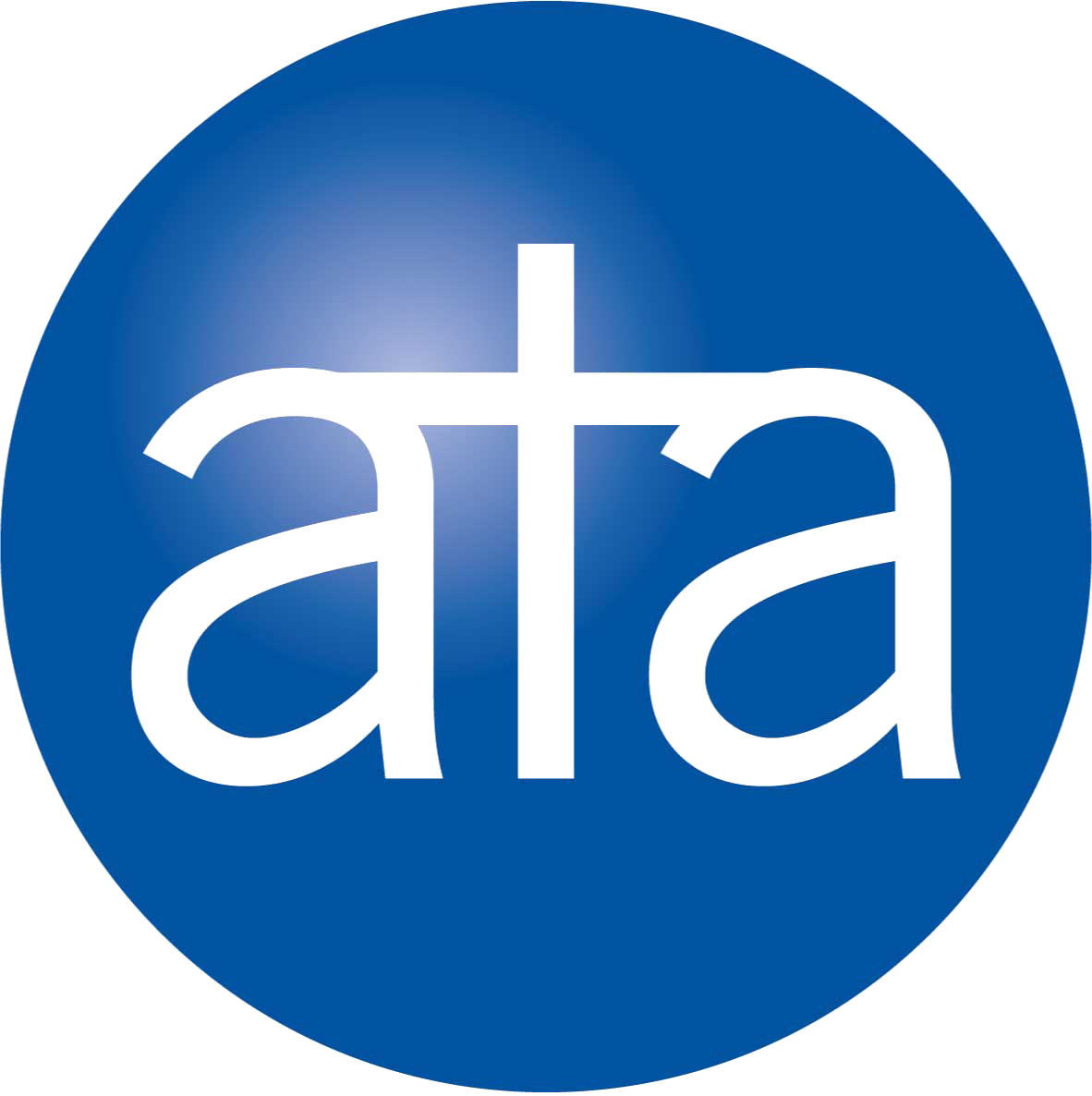Shared Vision - Upbeat thinking in a downtown economy
"Hard pressed to my right, my left is in retreat, my centre is yielding. Situation excellent. Attack!" General Foch's report to HQ before the Battle of the Marne resonates with today's CEOs, who are recharging their entrepreneurial batteries, pulling their best people forward, banishing doomsayers and positioning themselves for growth.
History tells us great companies are made during recessions. But where do you start? How do you lead your battered troops on a new ambitious campaign?
In boom times, people start up companies because they fancy being their own boss, or they spot an opportunity. Why not? There's credit about and enough people with can-do attitude. In the early, heady days, a few customers are reeled in and the company expands. But bust invariably follows boom. And while boom times allow scope for mediocrity, in a downturn only the fittest survive.
Successful companies, which survive recessions, have a shared vision of the direction they are taking and a great team who share the same mindset. Put simply, in the words of seminal business strategist, Peter Senge, a shared vision is "a force in people's hearts, a force of compelling power....a deep purpose that expresses the organisation's reason for existence." Great CEOs know exactly why the company was founded, what it stands for, where it's going and what sets it apart.
In the absence of a shared vision, employees tend to pursue their own, short-term goals. They pull in different directions and set different priorities - the predictable result is friction, pettiness and ultimately chaos. This will always hinder company growth; during a recession it can be fatal. Companies with limited resources may have nothing to offer but their dream. Your shared vision must have the power to inspire your team in the interests of a common purpose.
Someone once asked the guy sweeping the floor at space agency NASA during the Kennedy era what he was doing. He replied "I'm helping to put a man on the moon."
Your shared vision should light a fire in the bellies of your team, grip stakeholders and be explicable in simple language. It should answer questions like:
- What are we trying to build?
- What will success look like in five years?
- What kind of place will our company be to work in?
- What are we going to be famous for?
Think about companies you admire - what sets them apart? Is it world class design, like Bang & Olufsen, or branding excellence like Innocent? Companies that grow successfully understand what it takes to win in their sector. They work out what they are really good at, and build a compelling vision around that.
Why do customers choose you rather than your competitors? What are the two or three things you excel at? They should be the things your customers recognise as valuable, and your competitors cannot easily acquire. Focus on what creates superior value. These are the things you will invest in. They go to the core of the company and serve as the foundation for beating the competition. Your shared vision stems from what you are really good at.
Articulate your vision in one statement, which will serve as a lynchpin for your team. Some visions are passionate rallying cries, others are practical and down-to-earth, all must be easily visualised. Yours should be unique and reflect your strengths. It will probably take more than one sitting to craft and shouldn't be forced.
Barack Obama's power with words and ability to inspire brought him into the White House. Previous presidential candidates tended to stand on their record rather than articulate their message. But Obama's record was slight - with only two years as a senator, he resembled a CEO with nothing to offer but his dream. He coined maybe the simplest vision of all: "Yes we can!". And what was the vision of his veteran opponent John Mc Cain? No, we can't remember it either.
Idea in Brief
A shared vision lays down, in succinct, compelling terms, what your company stands for, what sets it apart, and what it's striving to achieve. It provides guidance for your team and signposts key goals. Companies without shared vision tend to drift and pull in different directions. They are the first to go in a downturn, when only the fittest survive.
Your shared vision draws on what you are really good at, and how you are different from your competitors.
Idea in Action
Get your team together and ask them what they want the company to be famous for. What will the company be like in five years time? What customers? What products? What revenue?
Ask yourself and your team what it takes to win in your sector. What things do you do better than competitors? How hard are these to copy? How much do customers value them? Work out the two or three things you are really good at.
Start crafting your vision statement. Do not force this. It should be concrete, memorable, easily visualised, and possibly time-bound - e.g. "We want to improve the quality of life in Africa" is too vague but "Eliminating AIDS in Africa by 2020" is concrete.
Try opening with the following: "Be recognised by the market as X, by Y date" - e.g. "Be recognised by the market as the company that brought the power of SAP to a million small businesses by 2015"


























